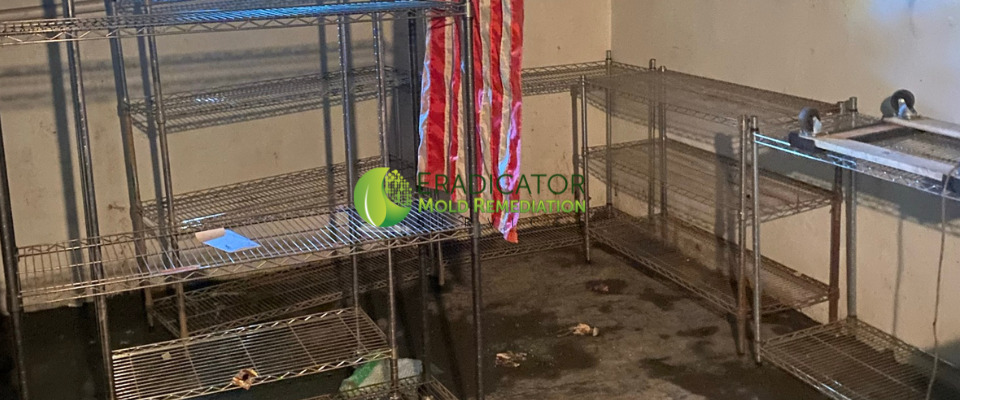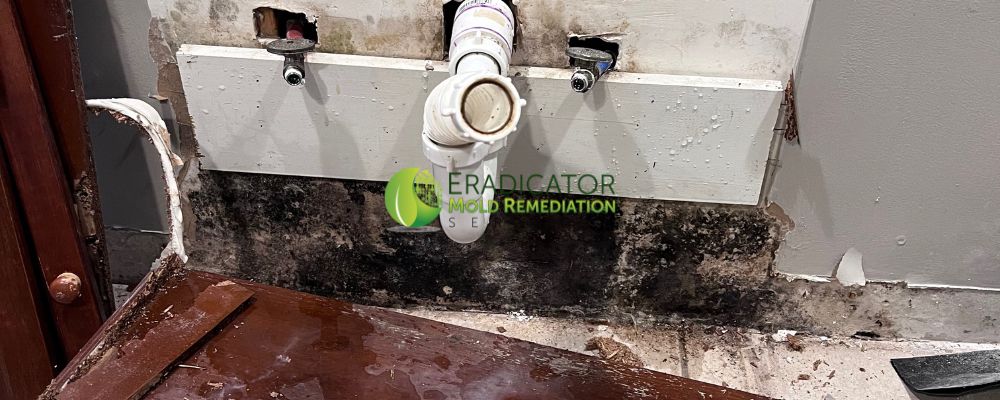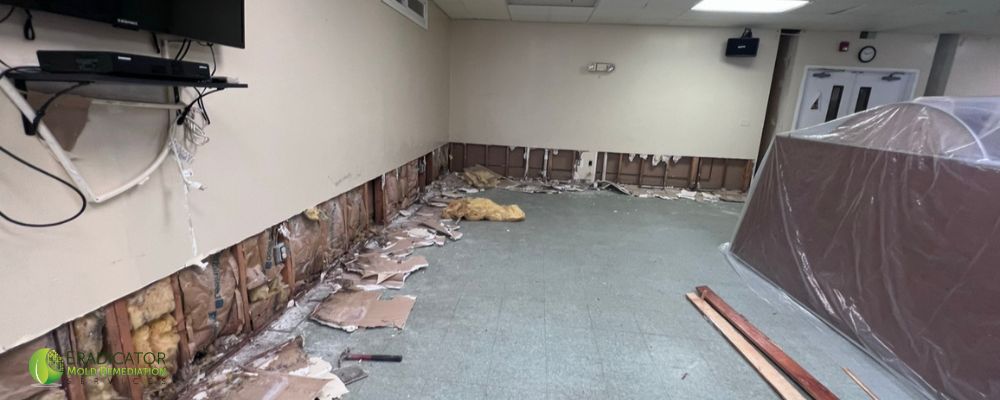“Is this covered by Insurance?” is a question often posed to Eradicator inspectors by clients…
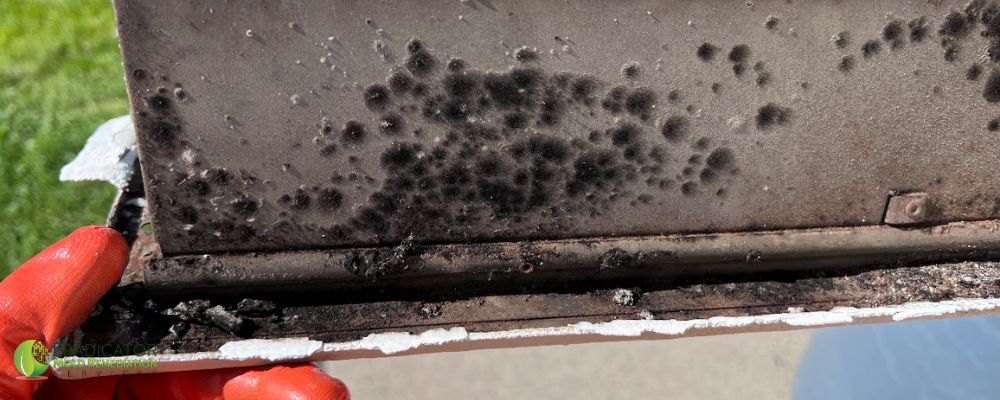
Types of Mold
Eradicator’s mold inspectors provide daily inspections to ensure you are aware of the dangers of prolonged exposure to mold. It is estimated that they are 70,000 – 100,000 different mold species that are found within our environment. Individuals react differently to each. Some types of mold are known to have devastating effects on people who have compromised systems such as those who suffer from allergies like asthma and hay fever. Allergy suffers tend to spend most of their time indoors. This further compromises their health if they are spending most of their time in an affected area where one should possess a peace of mind in an place considered home and/or work. Below are a few that are more popular indoors.
Aspergillus
There are over 600 different species of Aspergillus found indoors within dust particles. Once water infiltration has occurred they germinate and tend to find nutrients in sheet rock, ceiling tiles, and fabrics that are decayed. Symptoms include allergies, asthma, pneumonitis, humidifier lung to name a few. This type of mold tends to affect individuals with weakened immune systems.
Basidiospores
Basidiospores is a type of mold that is mostly present outdoors. This species is known to be associated with large areas covered with trees and undergrowth as well as fungi found in gardens. Symptoms of this fungi include hay fever and asthma. Most importantly Basidiospores are an indicator of the deterioration of wood which eventually affects the structure of one’s establishment.
Botrytis
Are mostly associated with plants. Found on indoor plants as well as the rotting leaves of cabbage, grapes, and strawberries. Used in the production of wine. Symptoms include allergies and it is also known to produce asthma attacks.
Chaetomium
This type of mold is commonly seen in conditions of prolonged water intrusion and usually indicate a current problem. It grows well indoors on damp sheetrock and other types of cellulose items such as boxes, paper, and baseboard molding. Often it is found growing with Stachybotrys and is reported to be allergenic and may produce toxins.
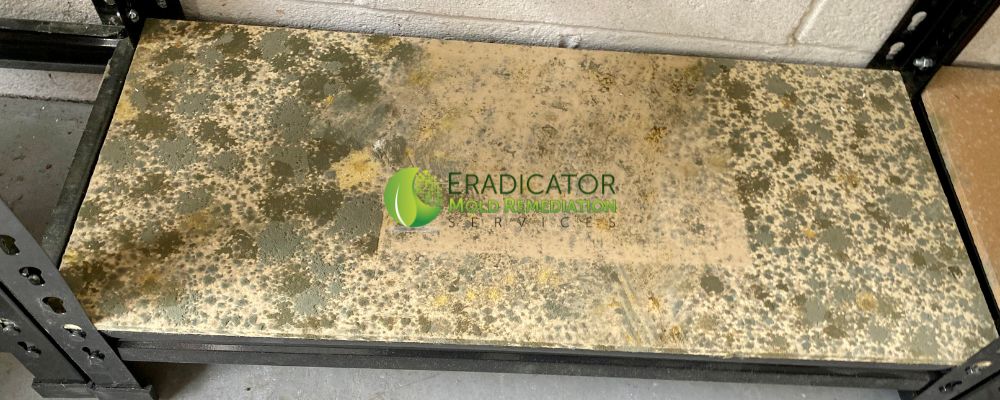
Cercospora
Known to be associated with decaying plant materials and wood. Often the cause of spots that are noticed on leaves as well as the diseases that may occur as well. Similarly to other types of mold this particular one is also poorly studied thus little to no known cases of human infection have been documented.
Cladosporium
Cladosporium is a type of mold that is mostly present outdoors but is also found within one’s establishment. Olive green in hue it is also identifiable as being brown or black. This species is known to be associated with decaying plants but is also found on living ones as well. The symptoms associated range from infections of one’s toenails, skin, and can produce sinus infections. This species is a cause for concern as it results in further adverse health issues such as pneumonia and individuals that suffer from asthma should be especially cautious.
Rhizopus
Are mostly found within decaying fruit, bread, vegetable, as well as discarded foods. This type of mold is also found in dust particles within one’s home/business, seeds, as well as animal waste. The symptoms include allergies, asthma, and hay fever. Research has proven that prolonged exposure results in respiratory complications. Similar to Aspergillus this type of mold tends to affect individuals with weakened immune systems, therefore individuals that suffer from severe burns, malnutrition, and diabetic complications are extremely susceptible. Rhizopus as well as Stachybotrys are considered to be two types of mold that have the most adverse repercussions on one’s health.
Pithomyces
This is a common mold which is typically found in soil and decaying plant materials. Grows especially well in dark damp areas. It has allergenic properties but little is known about this type of mold and its side effects as it is rarely studied. It has been known to be rarely found indoors and little to no known cases of human infection have been documented.
There are about 15 different variations of this type of mold. Dark in color, it thrives in water damped environments that provide nutrients in the form of cellulose materials with high relative humidity levels such as sheet rock, wood, and ceiling tiles. The symptoms associated with this type of mold are nose bleeds, headaches, fever, and cough. Similar to Rhizopus Stachybotrys is proven to have the most adverse repercussions on one’s health.
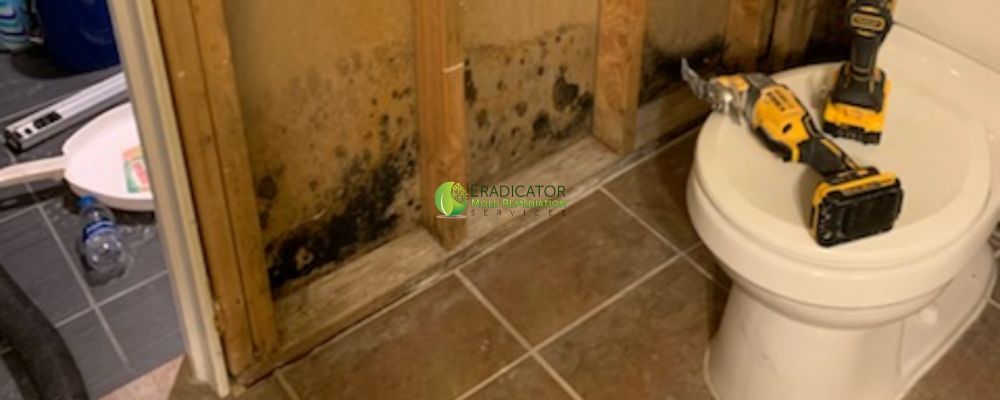
If you aware or suspect that your property exhibits symptoms consistent with abnormal mold growth feel free to contact our mold experts. We will advise of options available to determine if your suspicions are correct. If mold remediation is needed we will provide a list of protocols necessary to return your property to a normal level of fungal activity.

